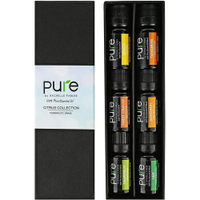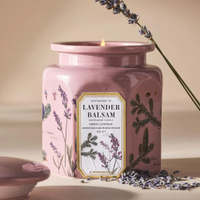The best scents for every room of your home – chosen by home fragrance experts
Scents are incredibly powerful and can set distinctive tones and transport you to different moods – here's how to use these across the home, below
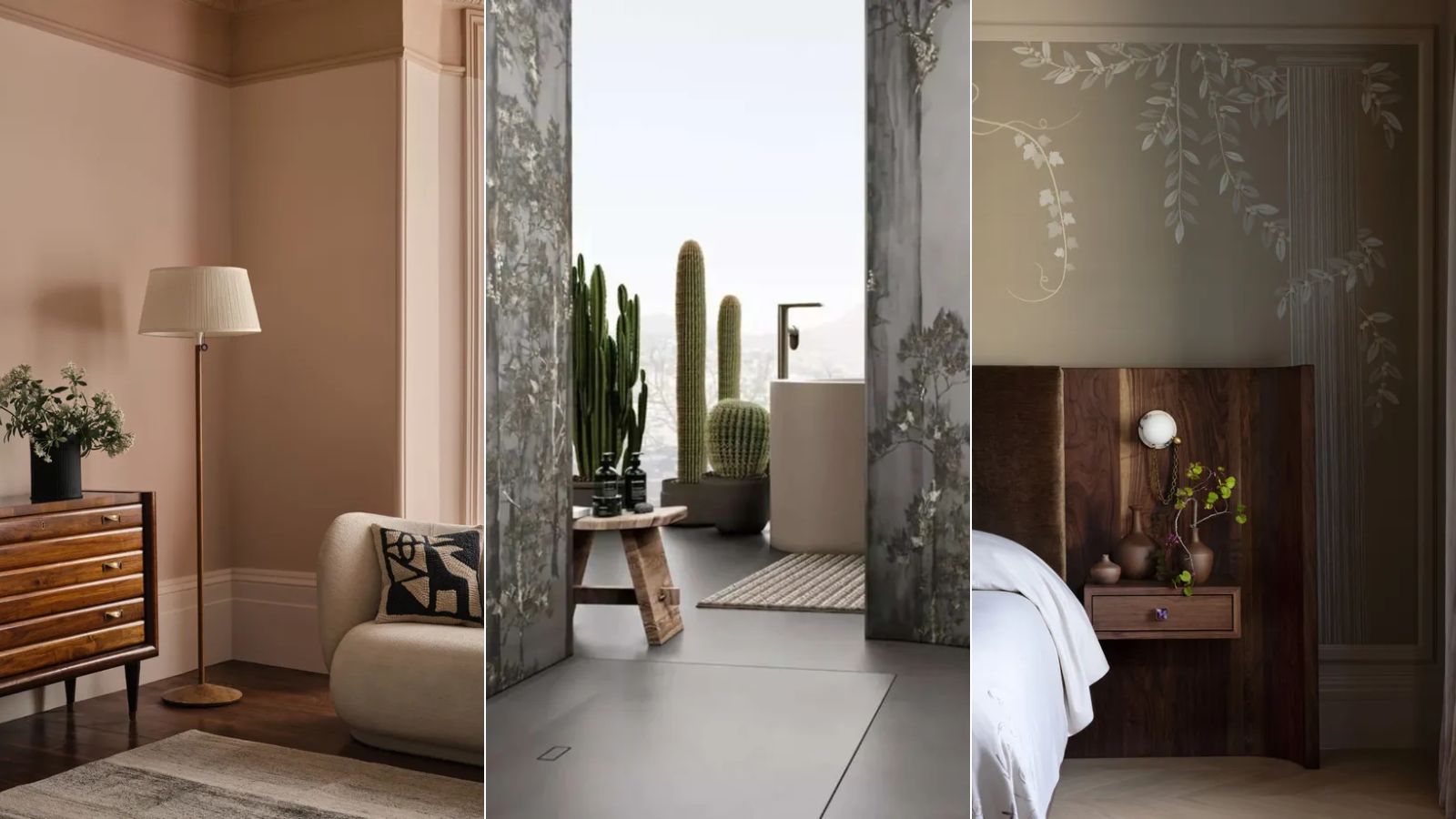

Scent scaping is the technique of curating the perfect fragrances for each room of your home to create a multi-dimensional sensory experience. It's more than just a way to make your home smell nice; scent scaping utilizes fragrances to complement each space's specific atmosphere, mood, and function.
Scent scaping, otherwise known as fragrance layering or zoning, is both a science and an art. To do it successfully, you should consider which scents to use in which space strategically, according to the impact they have on your central nervous system and emotions, as well as how to balance and combine scents to create an enriching experience.
Below, our experts explain the best home fragrances for every room of your home and tips to introduce these to each space.
The best scents for every room of your home
'People don’t always realize the impact that scent can have on a space,' says Alexander Brandrup, Founder of wellness company Neurogan. 'Sure, when something smells bad, we notice, but how often do we consciously consider the aroma of our homes?
'While the interior design of a space usually takes center stage, strategically incorporating natural scents into your home can completely transform the experience of being at home.'
The kitchen
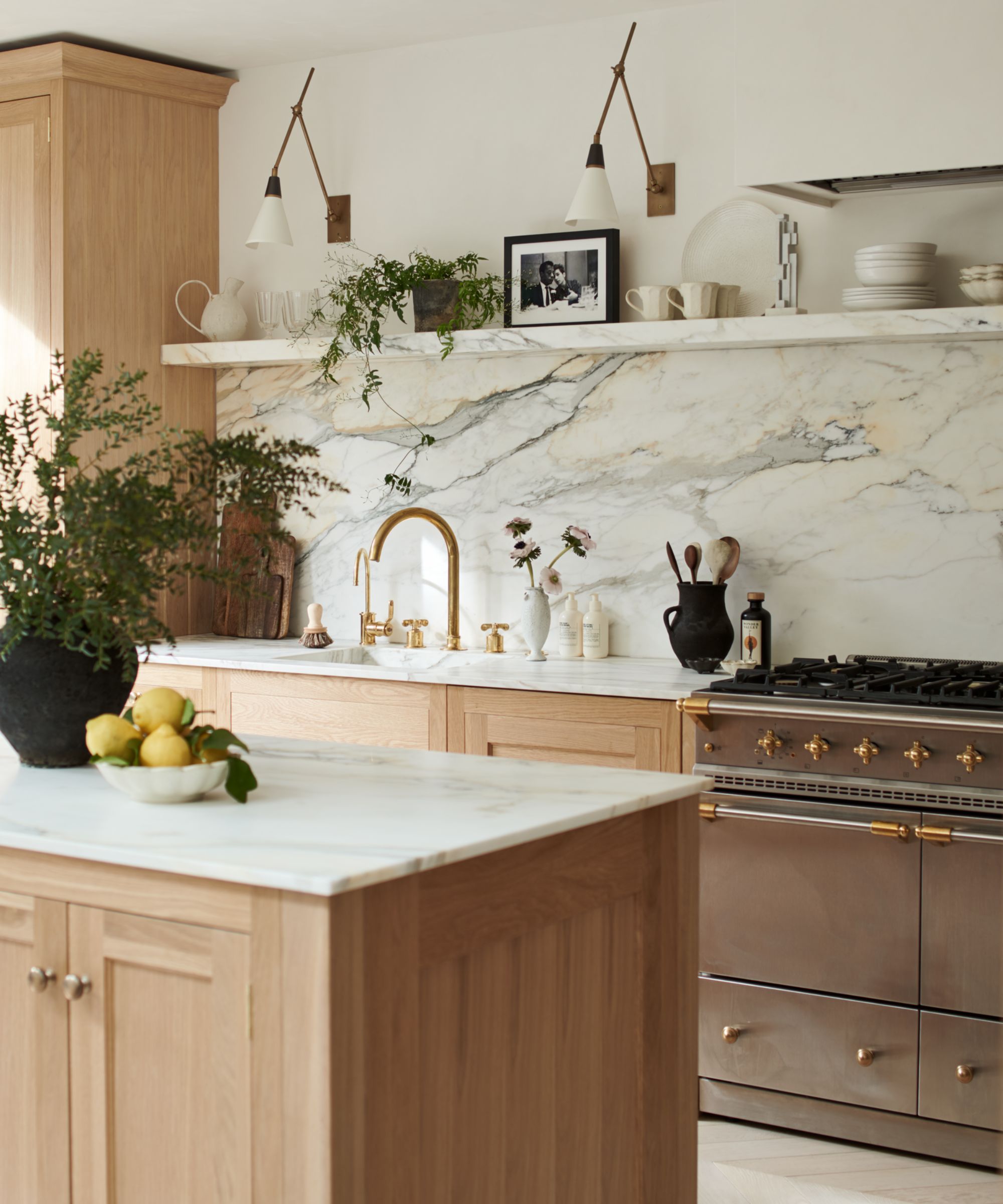
When it comes to choosing the best scents for a space, the kitchen is a bit of an anomaly because not only do you want to add nice scents, but also those that can cut through cooking smells and even neutralize bad kitchen odors. They should also not be so overpowering that they can be unpleasant while eating. It's all about finding the right balance.
'Zesty, citrus scents like lemongrass and orange can freshen up the space and create a cleaner-smelling kitchen,' says Caleb Backe, natural fragrances expert for Maple Holistics. 'Try dabbing a small piece of cotton wool in orange essential oil and leaving that at the base of your bin, it makes a huge difference!
'Herbaceous scents like rosemary, tea tree, and eucalyptus are also great options for the kitchen as they can mimic the smell of the outdoors and create a fresh scent and mask any undesirable odors.'
If you have an indoor herb garden, you can harvest these scents straight from the plants into fragrant pouches that you can place around your kitchen. Alternatively, you can use the essential oils of rosemary, tea tree, and eucalyptus in diffusers to add these scents to the air. Because these oils have antibacterial, antifungal, and antioxidant properties, they can remove foul odors from the air. We recommend this AromaPlan 2024 smart scent diffuser from Amazon.
The living room
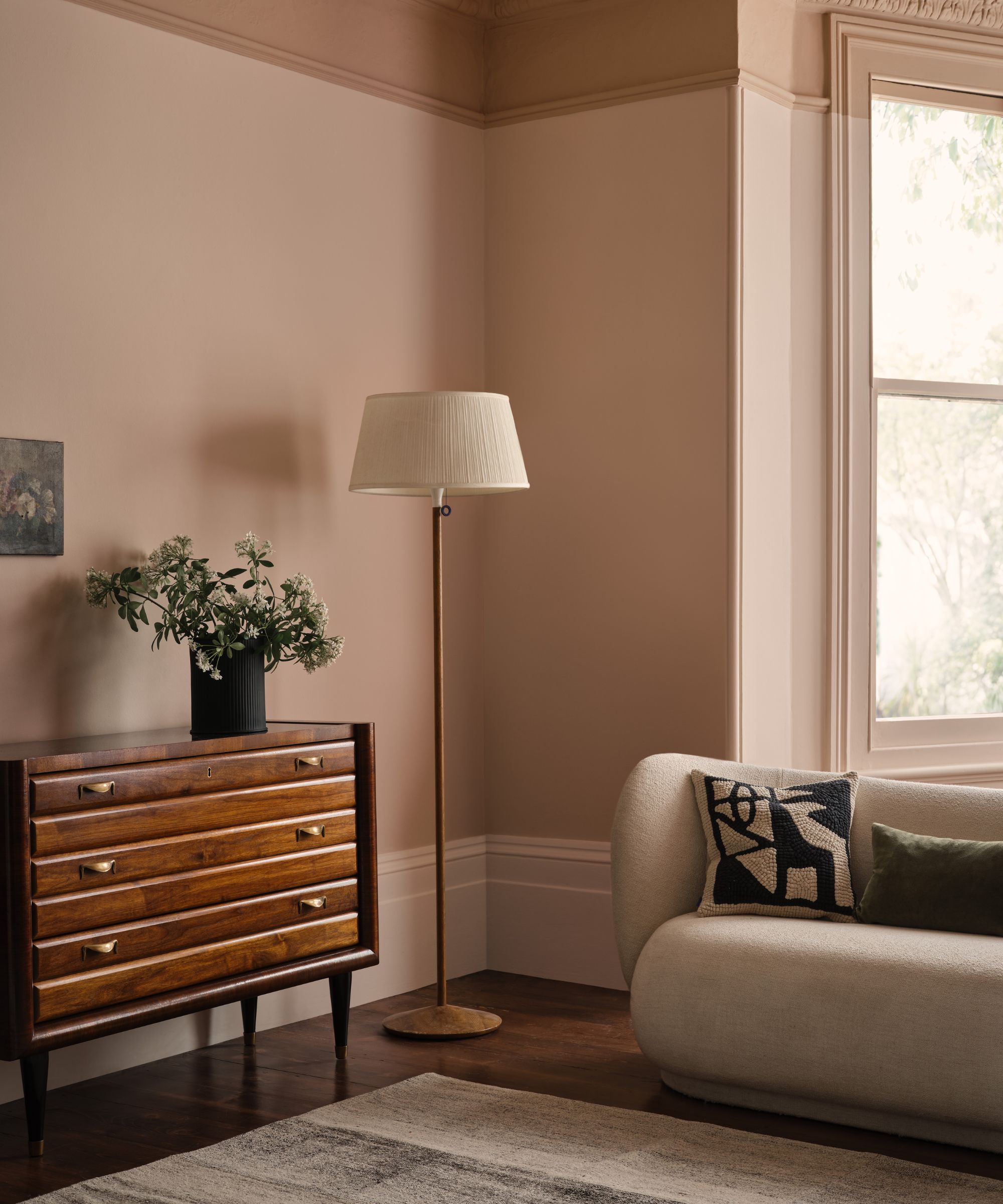
Different scents trigger different emotional and physical reactions.
'In the living room, where we might generally spend more time in the evening, prioritize soothing scents that signal it’s time to kick your shoes off and relax, but with a still-chic undertone,' advises Suzy Nightingale, award-winning scent expert.
'Use scents such as patchouli-based scents with velvety rose or night-blooming flowers known for their heady addictiveness, like jasmine, tuberose, or orange blossom.' Using the best plants for infusing subtle scents into your home has the dual benefit of brightening up your living space.
Additionally, soothing woody aromas such as vanilla, sandalwood, and cedarwood with a rich fragrance with hints of sweetness have a grounding effect that can add warmth and depth to this space and ease you into a comfortable, calm state.

Suzy Nightingale is a fragrance expert and On the Scent Podcast co-host. Bloo, a leading expert in toilet cleaning, has partnered with Suzy to delve into the intricate science behind scent perception and its role in the home.
The office
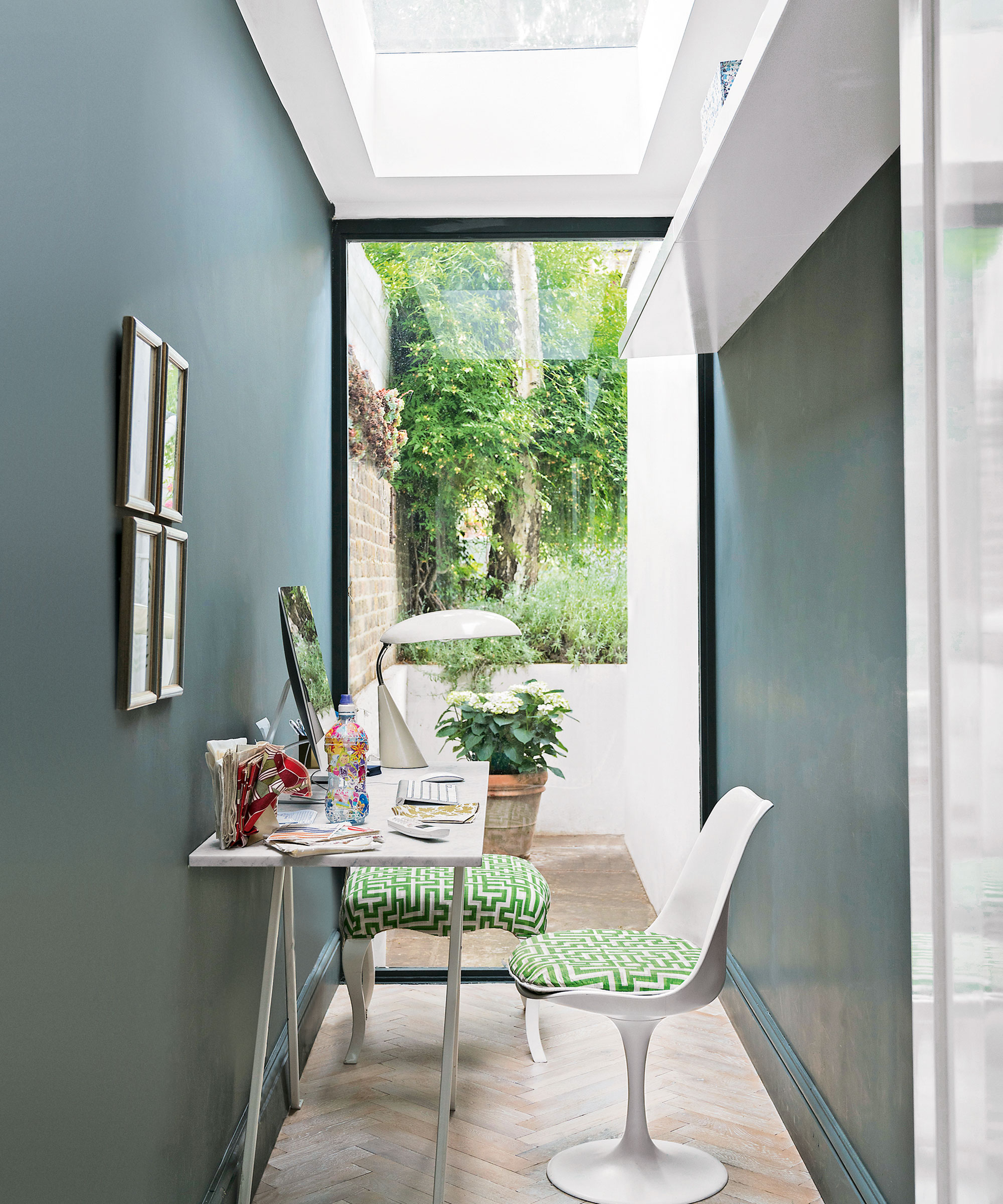
'We now know that choosing certain scents to surround yourself with can have a proven effect on our moods, and this is also true for productivity levels,' says Suzy Nightingale. Those looking to hone their focus, and increase memory and energy in their home offices should look to the best scents for boosting productivity.
'In offices and workspaces, citrus aromatherapy has the potential to become a great aid for productivity and focus,' says Caleb Backe. 'Scents such as grapefruit, orange, lemon, and lemongrass have all been shown to boost productivity and increase mental sharpness. These scents can make you feel more awake and stimulate your olfactory system, which is responsible for mood and motivation.'
Eucalyptus, peppermint, cinnamon, and rosemary essential oils have also been used to boost mental well-being, focus productivity, and memory.
Citrus Essential Oil Kit | Was $13.95, now $11.95 at Amazon
This essential oils kit includes lemon, grapefruit, lime, mandarin, and tangerine scents.
Bedrooms
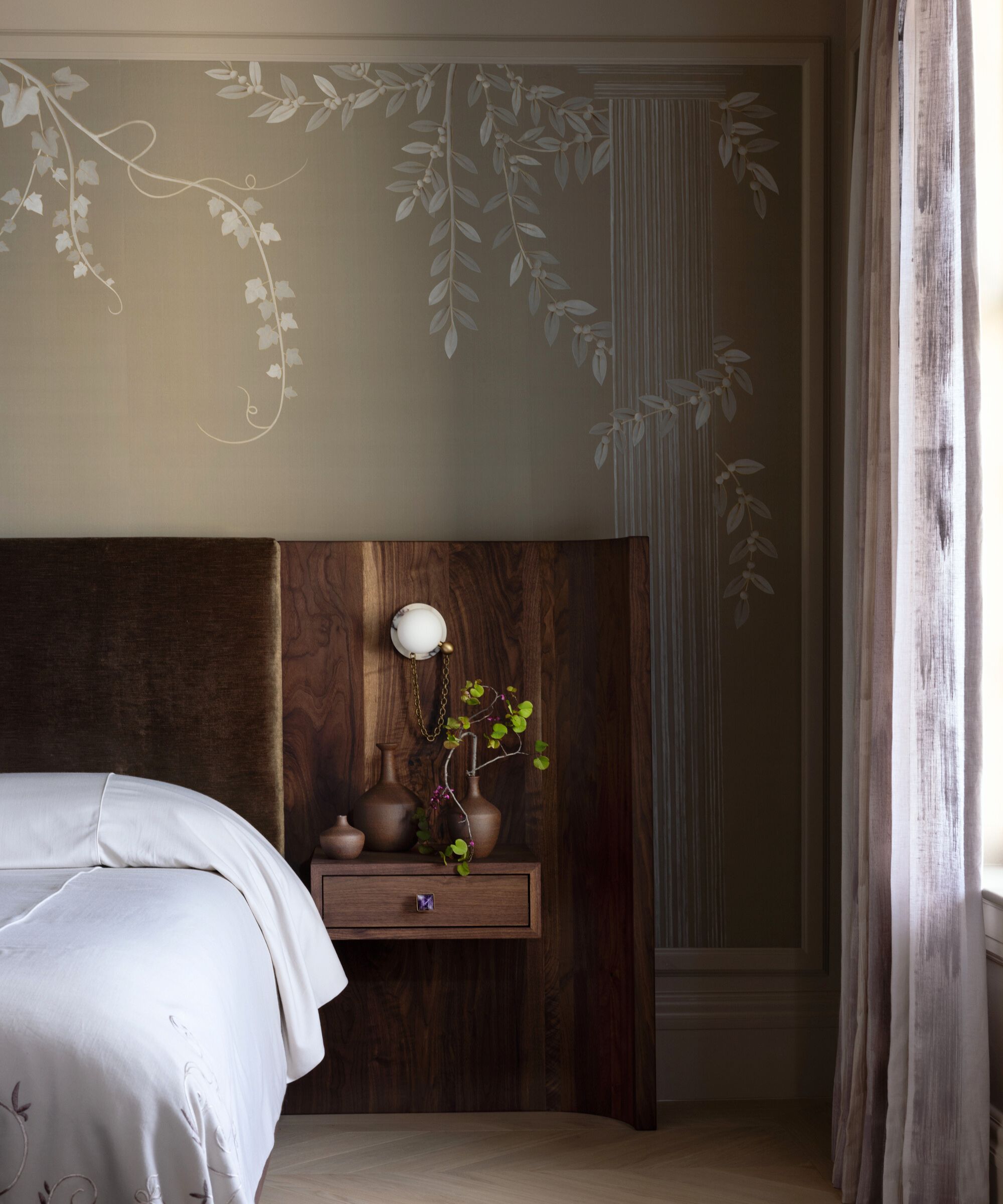
Selecting the best bedroom scents for sleep is key to creating an environment conducive to quality sleep. This can be ideal for those who struggle to fall asleep or rarely feel rested in the morning.
'To make your bedroom smell good for sleep, choose scents such as vanilla, chamomile, and lavender,' recommends Caleb Backe. 'These scents are considered gems in the world of sleeping routines as they can help you relax and unwind before bed. They directly affect our nervous system and stimulate the limbic system, which helps regulate emotions and keep us calm.'
To infuse your bedroom with your chosen relaxing fragrance, targeting the focal point of sleep – the bed – is key. A DIY linen spray offers a subtle but effective method to do this.
Apothecary 18 Lavender & Balsam Jar Candle
$36 at Anthropologie
This exquisite candle is inspired by French apothecary jars and is scented with aromatic green lavender, fresh balsam, citrus accents, and warm hickory.
Bathrooms
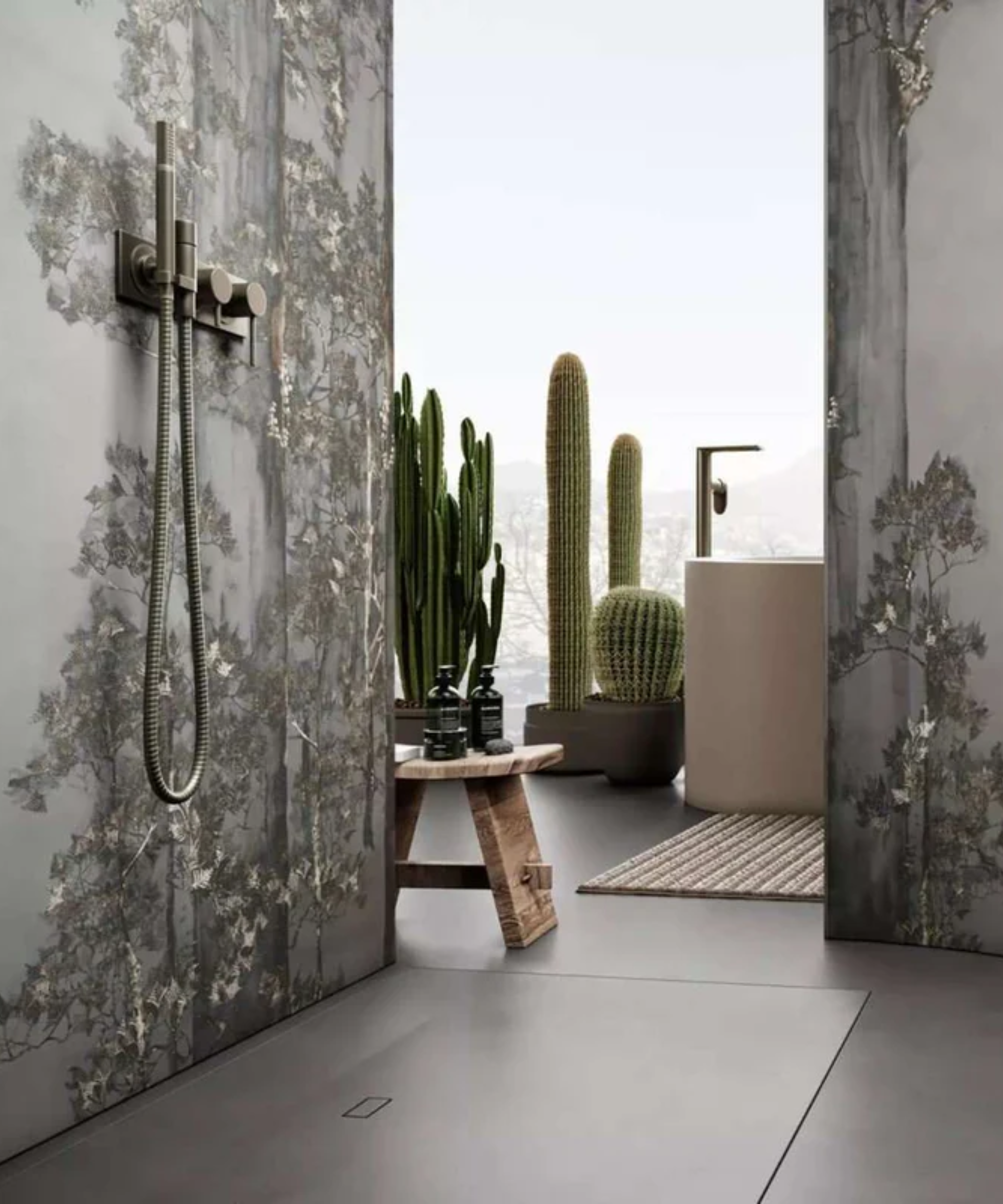
'The bathroom is one of those spaces that get used so often but can be forgotten when scenting our homes,' says Suzy Nightingale. 'However, turning your bathroom into a gloriously scented sanctuary can make this space feel much more luxurious.
'I think the bathroom needs to smell relaxing and restorative, so essential oils such as eucalyptus, citrus, lavender, and woody notes work brilliantly.' Whether this is done with a candle, by adding some drops of essential oils to your shower drain, or by decorating with flowers, this is something people with nice-smelling bathrooms always do for a spa-like space.
Hallways
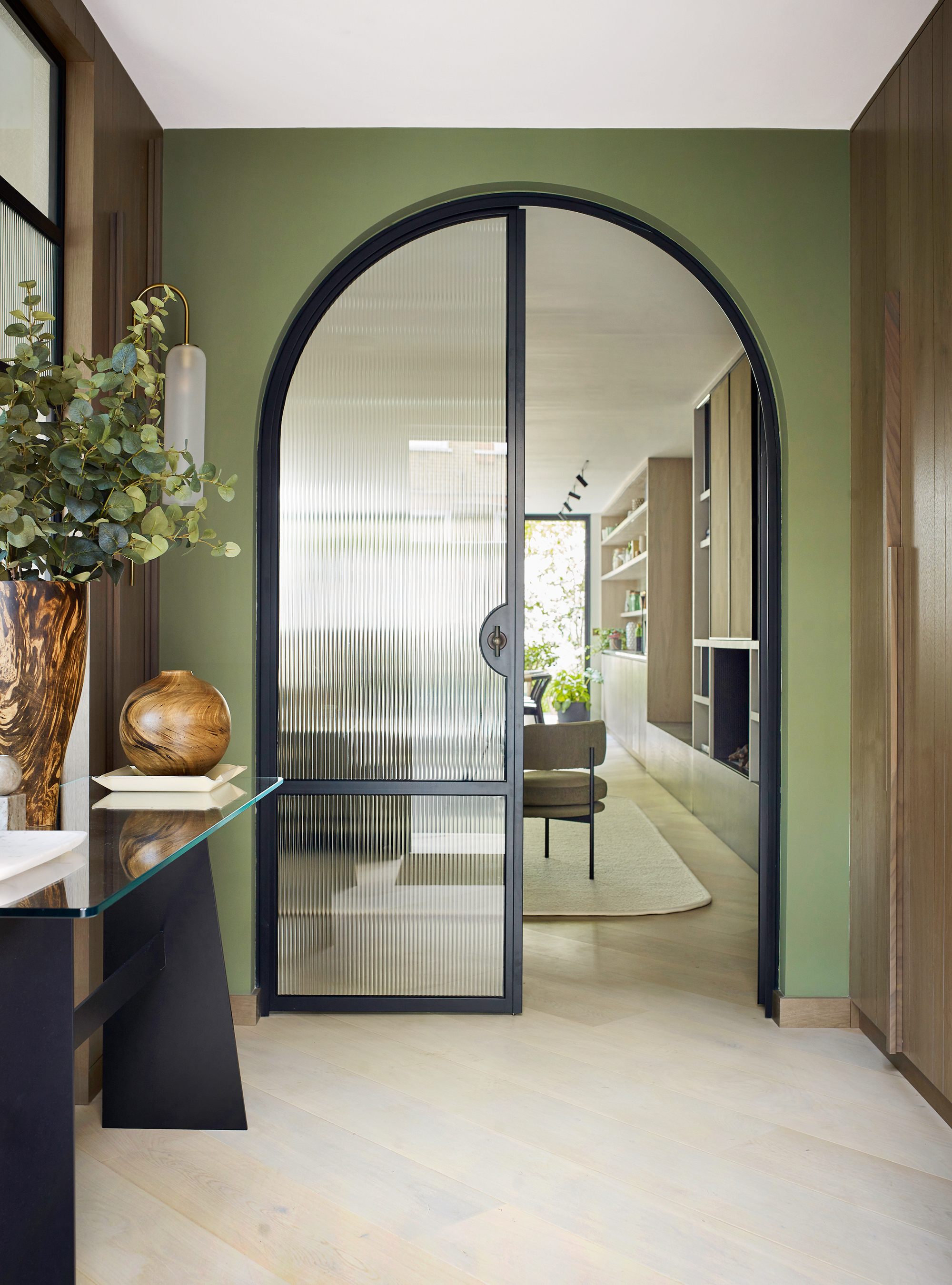
As the spaces that connect every room and are often your guest's first impressions of your home, your entryway and hallways should be thoughtfully scent-scaped with fragrances that are not overwhelming and are relatively neutral.
Suzy Nightingale says: 'Fragrances with a woody, grounding aroma of cedar, sandalwood, or vetiver can add the feeling of comfort, while brighter scents like bergamot or fresh florals feel joyous and welcoming, making these all great choices for these spaces.
'High traffic areas with lots of footfall, like hallways, are great spaces to place a scented diffuser – each time someone walks past it wafts the fragrance.'
FAQs
How do you layer scents?
'It’s far easier to layer home scents than you think, says Suzy Nightingale, 'Think about the structure of these notes and then arrange candles, diffusers, and other scented home products accordingly.
'To create a cohesive scent scape throughout the entire home, I’d choose a favorite ‘base’ note and ensure all the scents I used had that ingredient somewhere in the composition. The base notes have the heaviest molecules, so they evaporate more slowly, and these are the lingering, lasting aromas we spend the most time noticing.
'Remember that sparkling citrus notes tend to be used in the ‘top’ (opening) notes of a fragrance, floral, herb-y, and spicy notes are often used in the ‘heart’, and deeper, resinous, and woody notes are in the ‘base’ (the longest-lasting trail of a scent).
'For example, a deep woody scent could be placed further away from where you sit (in a window or on a shelf), the floral notes on a table or somewhere towards the middle of a room, and the brighter citrus notes (which don’t have as much sillage - the radius the scent projects from, so how noticeable it is - should be nearer to where you’re sitting.
'So, if you choose cedar or sandalwood, patchouli, vetiver, or aromatic scents such as nutty, almond-like tonka bean, or the warming, opulent aroma of amber – having these as a central scented ‘thread’ through whichever home fragrances you use will ensure your whole home smells olfactively curated.
'By doing this, the room as a whole will smell fabulous, but the notes and their distance to you will feel more nuanced than had you simply placed them all in a row.'
How important is it to rotate or change scents periodically to prevent nose blindness?
'It’s really important to change up our home scents (and the fragrances we wear) because our brains get used to smelling the same things all the time,' explains fragrance expert, Suzy Nightingale.
'We all experience the truth of this olfactory fatigue when coming home after a holiday and realizing what our houses smell like (for good or bad!).
'Rotating fragrances periodically or having scented home products that utilize a selection of fragrance notes rather than just one single aroma is a great way to ensure we get the maximum benefit of the scents.'
In addition to rotating scents as part of your scent-scaping routine, rotating fragrances seasonally can add an extra touch to the mood you are trying to set. Choose lighter scents for summer and warmer ones for winter, adjusting the concentration slowly to ensure the perfect balance, starting with a low scent concentration and adjusting it as needed.
Sign up to the Homes & Gardens newsletter
Design expertise in your inbox – from inspiring decorating ideas and beautiful celebrity homes to practical gardening advice and shopping round-ups.

Lola Houlton is a news writer for Homes & Gardens. She has been writing content for Future PLC for the past six years, in particular Homes & Gardens, Real Homes and GardeningEtc. She writes on a broad range of subjects, including practical household advice, recipe articles, and product reviews, working closely with experts in their fields to cover everything from heating to home organization through to house plants. Lola is a graduate, who completed her degree in Psychology at the University of Sussex. She has also spent some time working at the BBC.
-
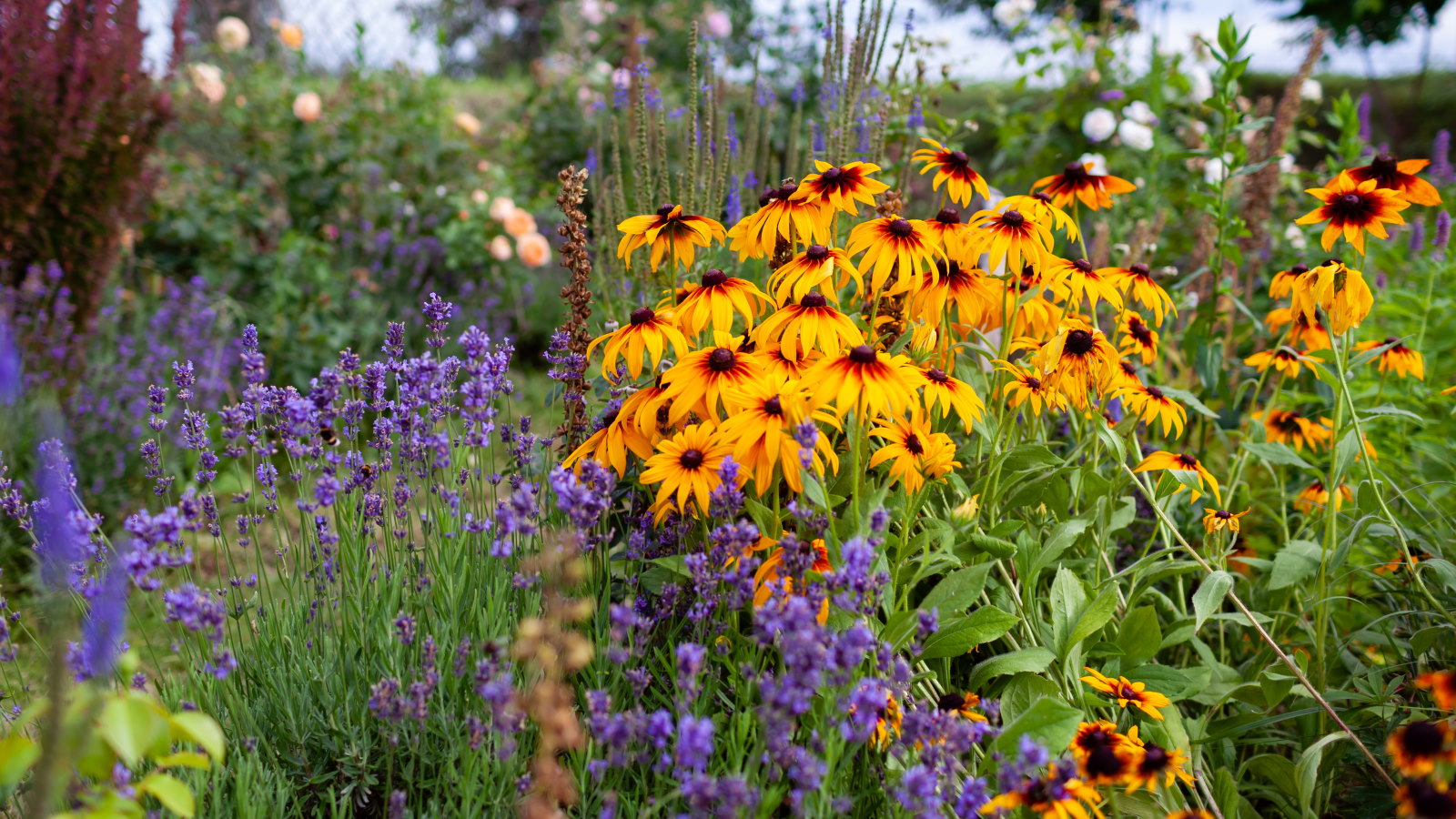 Garden experts warn against overcrowding flower beds – why this on-trend look is the worst thing you can do
Garden experts warn against overcrowding flower beds – why this on-trend look is the worst thing you can doIt's tempting to create an abundant, overflowing garden bed, but it can limit your plants in more ways than one
By Tenielle Jordison Published
-
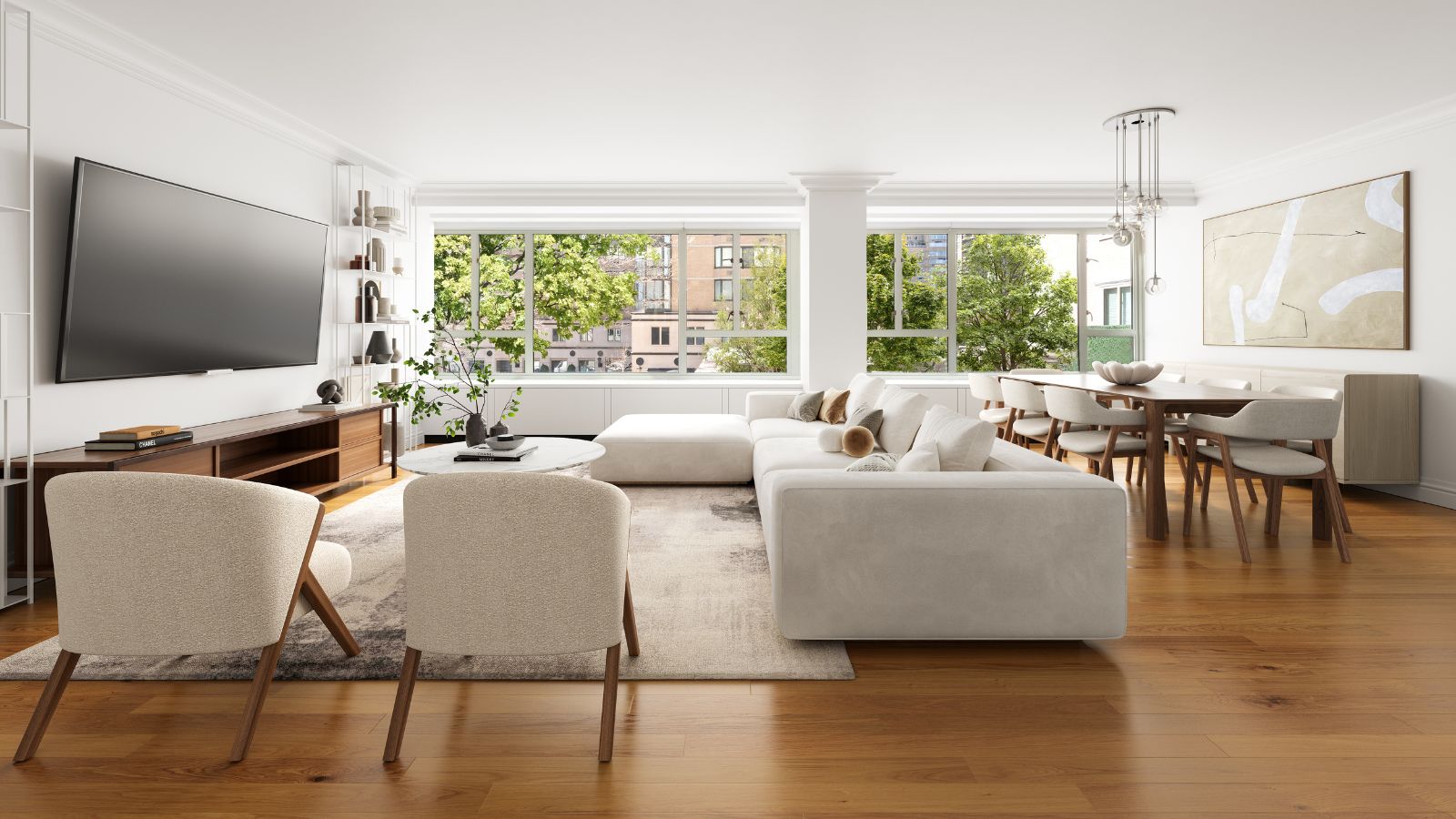 Grace Kelly's former living room set the blueprint for quiet luxury – you can explore her NYC penthouse (listed for $3.25 million)
Grace Kelly's former living room set the blueprint for quiet luxury – you can explore her NYC penthouse (listed for $3.25 million)A unit in the storied Manhattan House, where Grace Kelly, Benny Goodman, and Shirley Jackson have lived, has hit the market – it's a masterclass in neutrals
By Hannah Ziegler Published
